Developer: Konami Publisher: Konami Release: 03/89 Genre: Sports
There are few games frustrate me as much as Track & Field II. I absolutely adore the original Track & Field despite its simplicity because it was easy to pick up and play. At its core it was an old game as the NES port was an amalgamation of two older arcade games and it showed. For the sequel Konami went all out, doubling the number of events, adding a dedicated single player campaign, and giving it some of the highest production values on the system. But they also made it a bit too complicated at times to its detriment. But a good number of its flaws can be ignored, allowing you to enjoy the game in spite of itself.
Almost all of the events from the first game return with minor and major changes. Track & Field II adds about ten more, with some exclusive to certain modes or as bonus minigames. Fencing, freestyle swimming, Taekwondo, the hammer throw, high dive, canoeing, the horizontal bar, and pole vaulting make this a well-rounded package. Some of these are odd choices for a game that is supposed to tie in to the 1988 Olympics. But you can forgive their excesses. Event selection was the one sticking point of the original and that has been fixed, for better and for worse.
Mechanically the events range in their complexity. Fencing is one of the simplest; you can defend and attack high or low to score hits. Clay pigeon shooting, which replaces skeet shooting, is actually simpler and one of the most enjoyable minigames. There are a few duds. Taekwondo is a painful reminder of what pre-Street Fighter 2 fighting games were like. And I really do not like the high dive. The rest of the events are more complex than they need to be, to their detriment. The hammer throw requires you to first rotate the d-pad multiple times to build power, release at the right time, than calculate your throwing angle within a split second. Archery requires a degree in Calculus to hit a fucking target 30 meters away. I still barely understand that one. And that is just a small sample.
The first thing you need to accept about Track & Field II is that you need a turbo controller. The button mashing has been taken to the extreme this time in almost every event. If you want a semi decent time in Freestyle Swimming you’ll have to button mash like no human ever has before. And that is one event! Almost every event requires you to build up power and after ten minutes your hands will feel like bleeding. To make matters worse the Hammer Throw and Horizontal Bar require you to perform multiple rotations on the d-pad. That is just….no. These control foibles will make you appreciate the simpler events like fencing and Taekwondo. It is doable but just barely and hampers the gameplay considerably.
The meat of the game is the Olympics. This mode covers five days as you compete in three events per day to progress. Failure to meet the qualifier in any event ends your run. The problem is the minimum time/score for every event in Olympic mode is so ridiculously high you would think the difficulty was set to impossible. And this is right from the beginning! It only gets worse as you progress. Even if you have “mastered” every event there are still one or two that make me question if anyone play tested the game before release. I am not exaggerating when I say 90% of gamers will fail the triple jump, which is the first event! It took me many hours to finally complete Olympic mode for this review and that time was not enjoyable.
What keeps Track & Field II from being a total wash are its modes. Track & Field II has three modes: training, Olympics, and versus. Training mode is a misnomer; it does not actually teach you the mechanics. Instead it allows you to try any of the fifteen events. If you meet the minimum qualifier for each it will then cycle through each event. You can even play through training mode in multiplayer. The qualifiers for training are significantly lower than Olympics, enabling everyone to enjoy it. It is almost as if someone at Konami realized their mistake but could not fix it and added training mode as a mea culpa. That’s me projecting of course but either way it makes the game playable. Versus allows you to compete against a friend in a single event which sounds redundant but it at least has arm wrestling as an exclusive.
Track & Field was simple and to the point in its presentation. For Track & Field II Konami went all out, producing some of their best work on the system. These are among the largest sprites on the system with clean if robotic animation. The Triple Jump and Clay Pigeon Shooting in particular are real standouts. Even the less impressive events like the Horizontal Bar and High Dive at least have smooth animation to carry them. Even the music, as sparse as it is, is pretty damn good. It is not that I had low expectations; I just did not think Konami would create a technical showpiece for the system with this game.
In Closing
I am torn when it comes to Track & Field II. Ignoring the Olympic mode and sticking with training will allow you to enjoy the game. But the overly complicated controls do not help. It is possible to have fun with it but you’ll have to ignore a lot of jank to do so. Bigger is not always better.


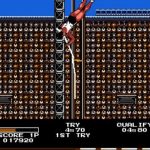
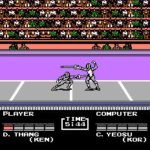
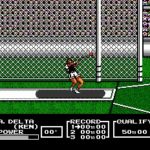
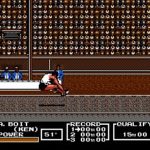
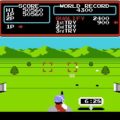
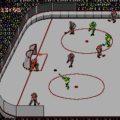
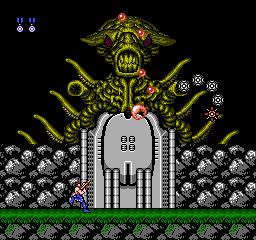
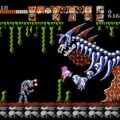
One thought on “Track & Field II”